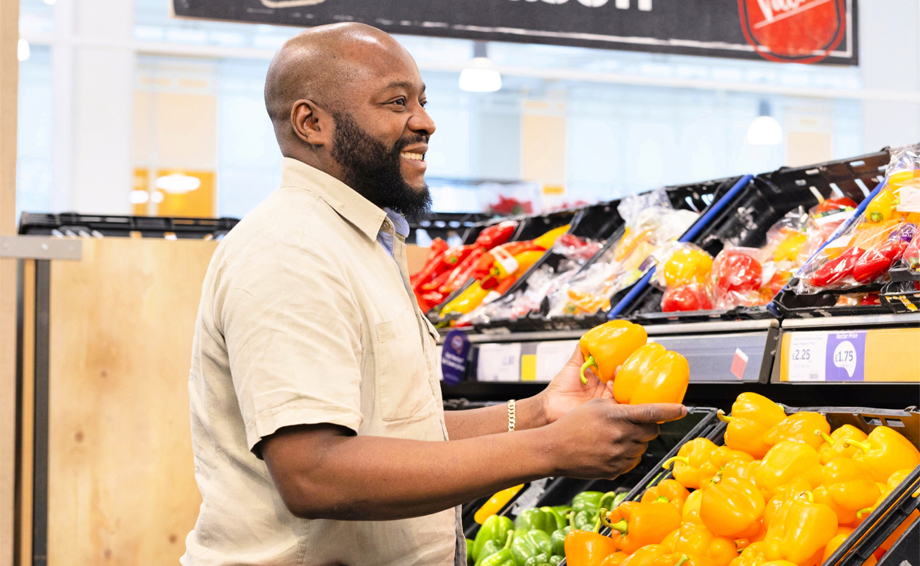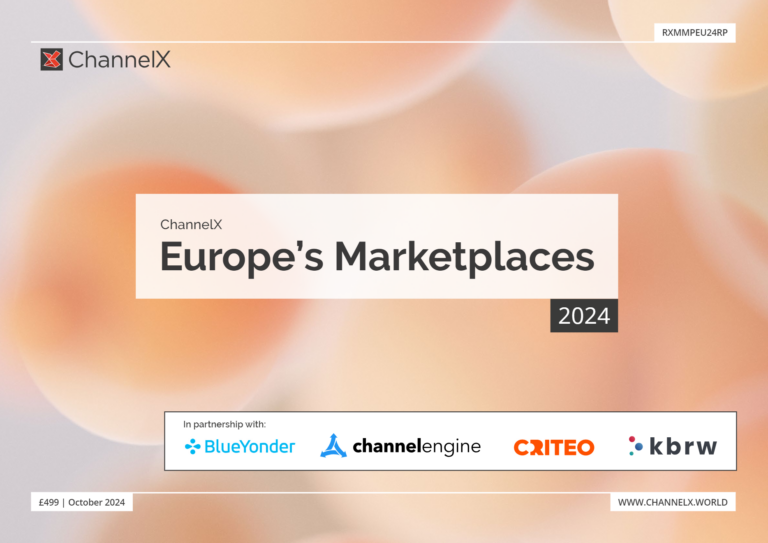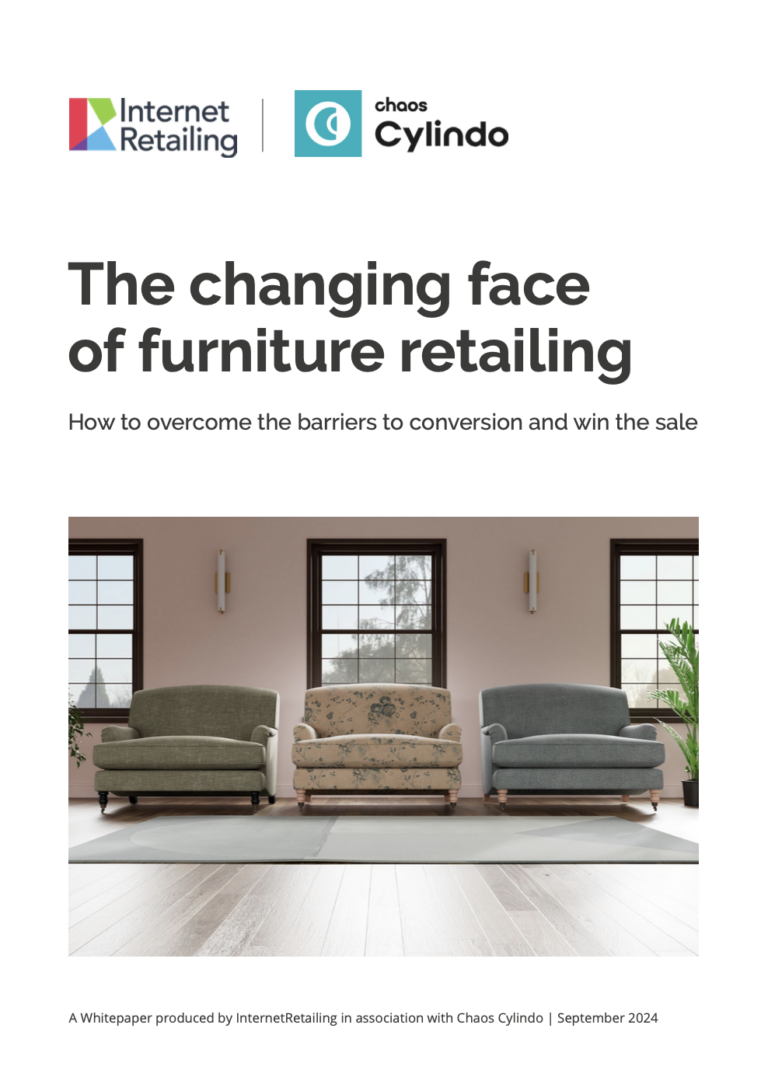M-payments have garnered increasing column inches – in no small part thanks to the launch of Apple Pay. But what does it really mean for retailers? Here, leading payments consultant Masha Cilliers takes a look at what retailers really need to think about when it comes to m-payments.
Not a month goes by without an announcement of another payment mechanism being launched either in Europe or in the US. Each country, however big or small, is working on developing standards, schemes and regulations to address rapidly growing ecommerce sales. But what does that mean for the retailers?
Should they add every payment mechanism every time one is launched or should they wait until the said payment is firmly rooted in consumer behaviour? Let’s look closely at a range of different payment methods to consider how we might answer these questions.
Cards
There are domestic and international cards in most European countries. Historically some of the domestic cards were proprietary brands (such as Switch, Carte Bleue, Laser) but presently most of them have been cobranded with the main network brands Visa and MasterCard and can be accepted by the retailers as such. Basic level of international sales can be supported with acceptance of just cards, however, it has to be understood that in some countries consumers prefer to use other payment methods and if a retailer doesn’t incorporate them into the checkout page the conversion will suffer.
Bank transfers
Some markets have launched a real-time bank transfer scheme, which allows the consumers to pay the retailers directly from their bank account whilst giving ‘authorisation-type’ confirmation to the retailers before they provide goods and services. The most widely used schemes are Ideal (Netherlands), Sofortuberweisung (Germany), Poli (Australia). In the UK, Vocalink has been working on launching Zapp which effectively does the same thing but only via mobile app.
Wallets
The most known wallet globally is PayPal. But there are many other wallets that have been used for specific needs and within specific industries e.g. Skrill (Moneybookers) or Neteller. A couple of years ago both Visa and MasterCard have launched their versions of wallets V.me and Masterpass respectively. These are similar to PayPal as they store card information, but differ in that they do not carry cash balances, so they can be used for easy checkout at retailers.
Prepaid
Prepaid cards are predominately cobranded with the international payment systems and as such can be accepted as Cards above without any additional technical system. However, there are other prepaid schemes such as U-cash and PayPoint in the UK and various branded tokens (Xbox) whereby consumers can upload cash at retail locations and it effectively converts it to a token which can be used for purchases online. These are very useful for non- or under-banked and for the migrant community who otherwise would not have means for paying online.
Mobile wallets
Most recent innovation to make headlines is based on allowing payments via mobile phone by using the phones at the contactless acceptance locations. ApplePay was launched last month in the UK and it has already been running in the US for some time. Other providers such as Samsung, Android and Microsoft are not far behind. They use what is known as tokenisation technology allowing payment cards to be converted to a token which is then issued for each phone and stored in its secure element. No card details are shared during the transaction and the tokens are useless unless used by the phone to which they were registered. Importantly this payment method is also available online and within the app as such making it a consistent journey across the channels.
MPOS (Mobile ‘Point of Sale’ device)
Whilst not a payment method in itself, it is worth mentioning that with the extent of the innovation in the mobile and tablet devices there are now a number of solutions allowing accepting cards via such a device. This is suitable for small retailers and for those that want to check out the consumers at various locations in the store rather than just at the tills.
Concerns
Much research suggests that whilst the consumers don’t love their banks, they trust them most with their money and payments. It will take new comers, even those with well-known brands, a long time to earn consumers trust on a large scale.
There are also technology limitations. For example most contactless terminals are programmed not to accept transactions over a certain value (£20 in the UK), although it should be possible to accept customer verified (e.g. Touch ID) transactions for any amounts.
Consumers are still concerned about security when making payments online or over mobile. This gives advantage to established brands such as international card schemes and also banks.
Interoperability can be a problem. Many new payments are based on a new technology and each implementation is different from another. Also, large players (e.g. Apple) enforce their own standard whilst not being the same as others. That means more different interfaces for the customer and more integrations for reatailers.
Finally rules and regulations regarding issuance and acceptance of payment mechanisms are getting stricter and are not always very clear.
Retailer strategies
Integrating each new payment instrument or an acceptance method can be costly and more importantly requires a big commitment from technical resources that may be more urgently needed elsewhere.
Some retailers do choose to embrace the innovation partly due to the new benefits but often due to the positive marketing effect it carries.
The reality is, many payment methods don’t make it to the finishing line: they don’t become mass payment products and have to be withdrawn. Or they merge with others and change shape which will require additional integration work. Thus those retailers who have worked hard to support such payments early on may feel disappointed.
But waiting to see the maturity of a payment method may mean that you are missing out on its current benefits. For example, mobile payments via premium SMS have not taken off in a large way, however, in the early 2000s some digital content providers embraced it and have sold their products to a much wider consumer segment that they would otherwise have been able to target with card acceptance only.
There is also a wave of new payment service providers who can make it easy to integrate new features and take this burden partially away from the retailers.
In summary, retailers should consider not just the hype but also the tangible benefits each new payment method may bring them before deciding whether to ‘jump’ or wait.








